Federico Fellini museum to open this month in Emilia-Romagna’s Rimini
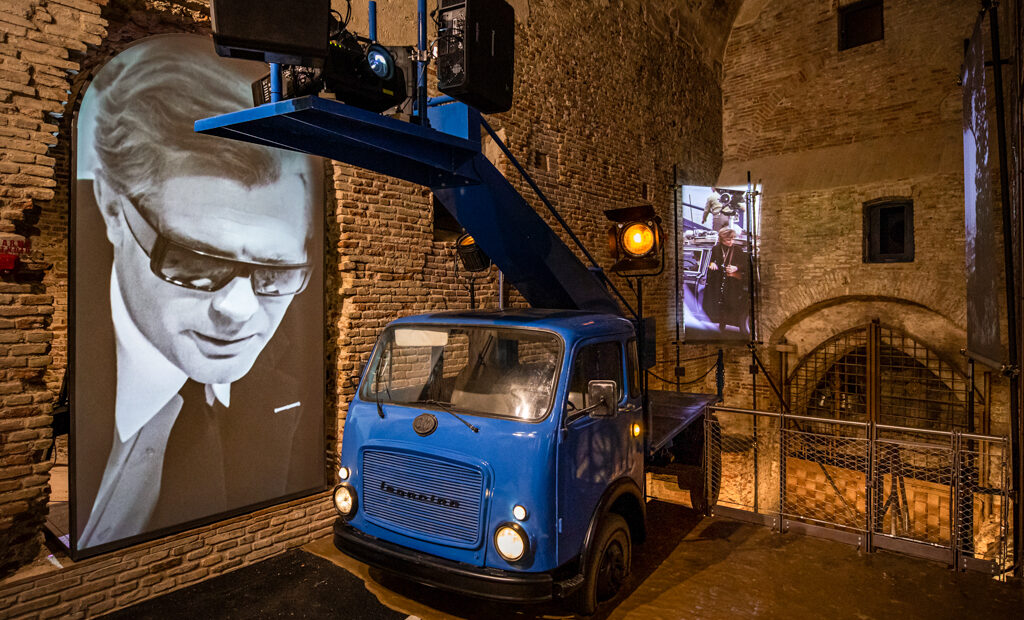
The seaside city of Rimini, in the northern Italian region of Emilia-Romagna, is welcoming a brand-new museum dedicated to Federico Fellini this month, allowing for an aftermath of last year’s centennial of the acclaimed Italian film director and screenwriter.
The Federico Fellini International Museum is scheduled to open on 19th August, becoming the world’s largest museum devoted to the life and work of Fellini and his poetic heritage. It features drawings, costumes, exhibitions, film screenings, scenographic elements and multimedia presentations, allowing visitors to immerse themselves in the world of Fellini, who is regarded as one of the most influential filmmakers of the 20th century. The official launch will take place with the beginning of the Venice International Film Festival, on 31st August.
The main site occupies Rimini’s Renaissance Sismondo Castle, as well as the upper floors of the city’s art-nouveau Cinema Fulgor (the iconic movie theatre featured in Amarcord) and Piazza Malatesta, dubbed the “Square of Dreams” – the 400 metres of outdoor space between them dedicated to distinctive video installations, augmented reality and pop-ups. Under the umbrella concept that “everything can be imagined”, these experiences create an immersive walkway through different indoor and outdoor points of the town, forming the Federico Fellini International Museum.
A number of Fellini movie sets, such as the famous La Dolce Vita, are reimagined inside Sismondo Castle, Rimini’s 15th century fortress and one of its most important monuments. Scenic materials and advanced digital technologies are used to give life to these iconic sets – enabling visitors to feel as though they are touching a real-life Anita Ekberg – whilst original scripts, costumes, letters, documents and videos are displayed throughout the castle for guests to explore and immerse themselves in.
In one of the installations, dubbed as Book of Dreams, visitors can make pages appear by blowing on a feather. In another room, screens hang on ropes like giant swings. Perhaps the most interesting space is the photo archive, where people can open drawers of a filing cabinet and select – with their own hands – digital collections of pictures – sorted by film – to project on the screen.
Additionally, Cinema Fulgor – where the auteur saw his first-ever film, Maciste in Hell – focuses on studying the relationship between Federico Fellini and Rimini, as well as the “internationalisation” of the film director. On the second floor, a “cinemino” (a little movie hall) is set up to display Fellini’s pictures on-screen all day.
Rimini has recently seen a renaissance of its own, with the opening of contemporary art museum PART and the reopening of Galli Theatre, which was originally inaugurated in 1857 with the world premiere of Giuseppe Verdi’s Aroldo. The drive for this resurgence is progressive mayor Andrea Gnassi, who helped raise over €100 millions.
The master filmmaker was born in the city of Rimini, which is located on the Adriatic coast of Emilia Romagna, and spent his first 19 years there. Rimini is today one of Italy’s most popular family-friendly beach resorts and one of the largest and most famous in Europe, featuring 15km of fine sandy beach with excellent bathing facilities – and direct flights from London. Much of his cinematic art was inspired by childhood memories from his hometown.
Today, Federico Fellini is still recognised as one of the greatest and most influential filmmakers of all time. Born in January 1920, the artist’s career spanned almost 50 years until his death in 1993, at the age of 73, and during this time he was known for creating a number of internationally acclaimed films. Many of these have been listed as some of the greatest movies of all time, including the likes of La Dolce Vita, The Nights of Cabiria and La Strada. His achievements were also reflected through his awards: he won the Palme d’Or for La Dolce Vita, and was nominated for 12 Academy Awards, winning four in the category of Best Foreign Language Film – the most for any director in the history of the Academy. At the 65th Annual Academy Awards in Los Angeles, he also received an honorary award for Lifetime Achievement.
Filippo L’Astorina, the Editor
For further information about the Federico Fellini International Museum or to book visit here.

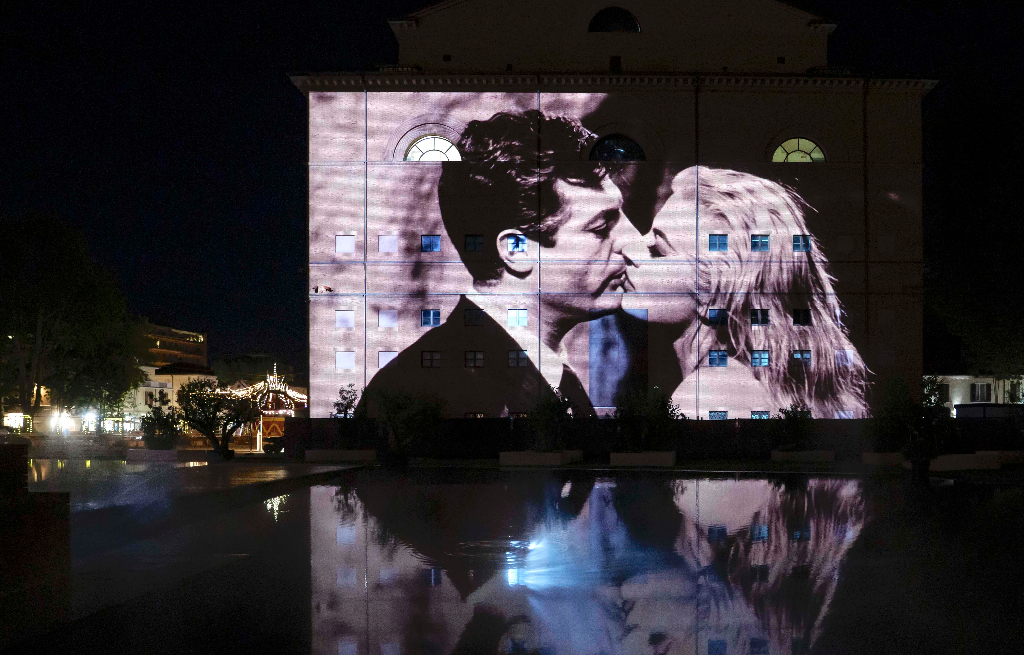
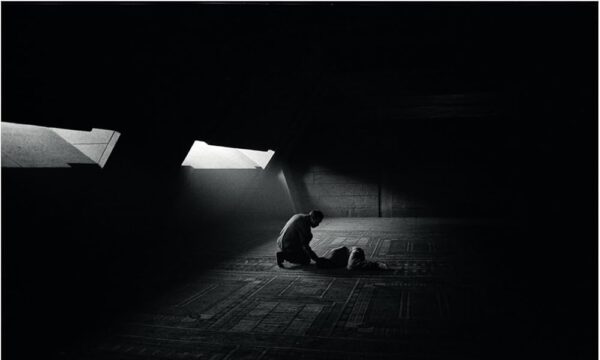
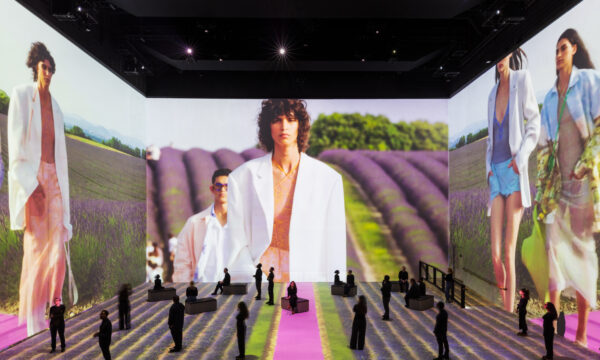
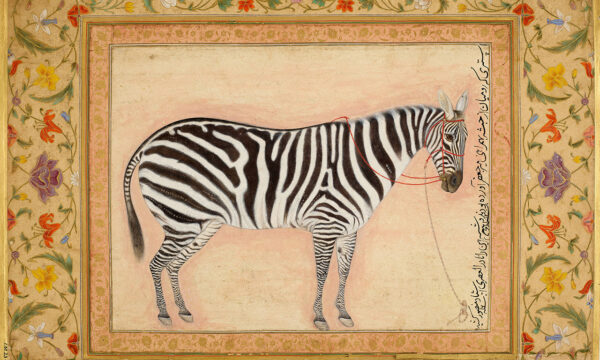
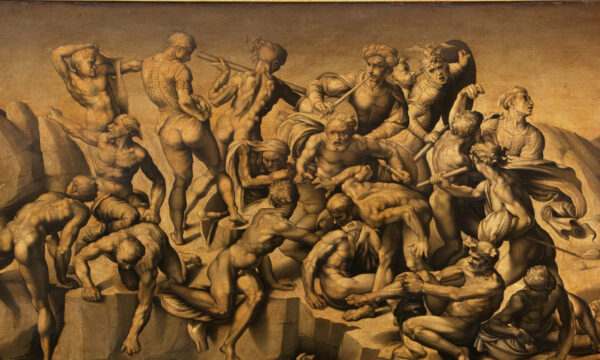
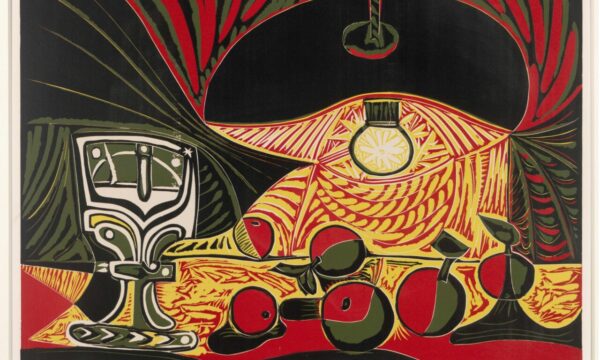
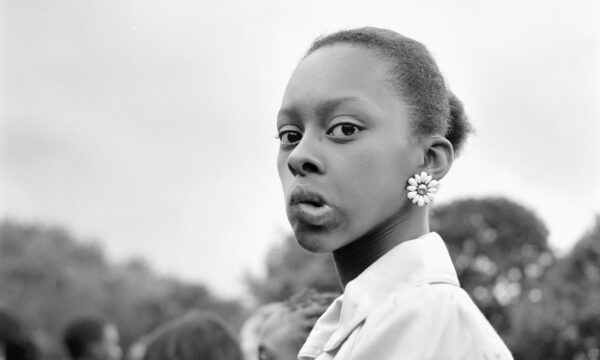
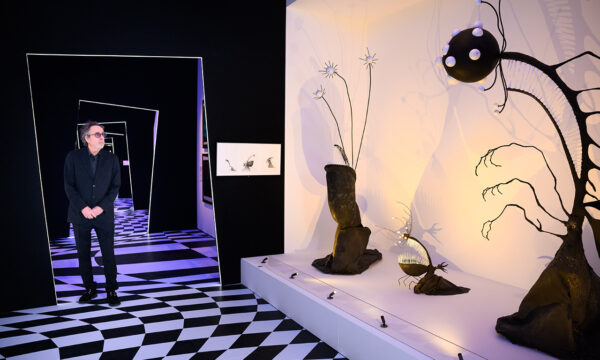
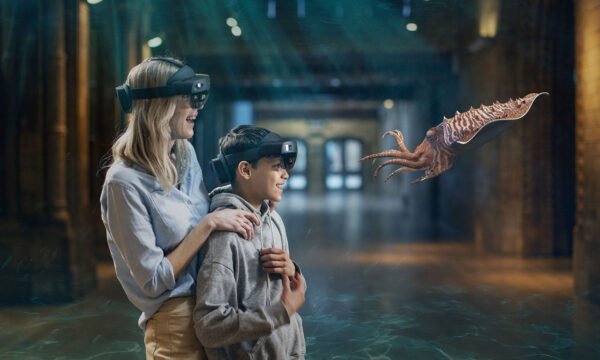
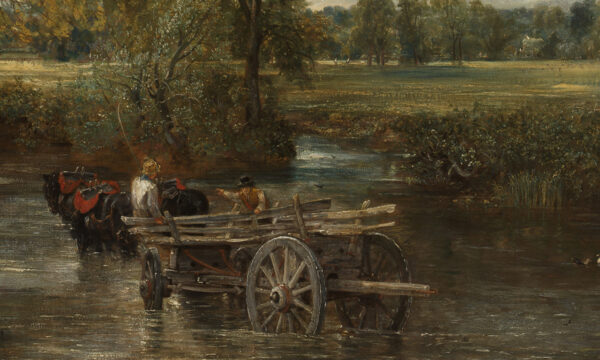









Facebook
Twitter
Instagram
YouTube
RSS